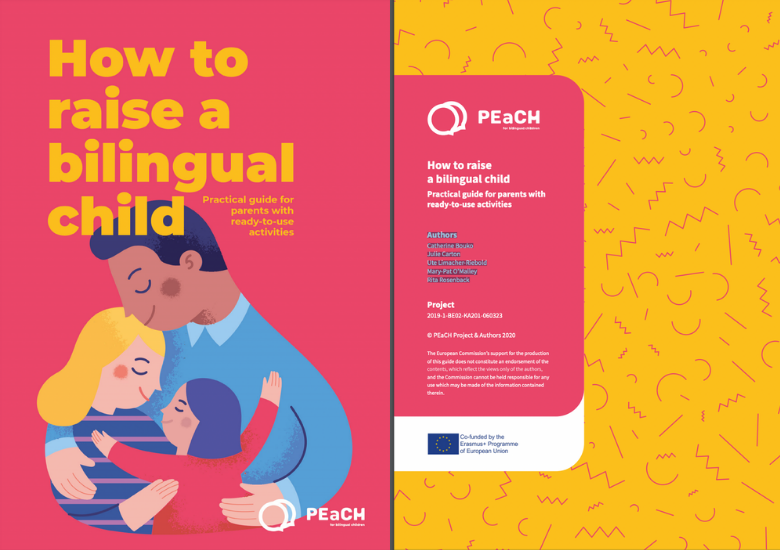Across the globe, there are more people who use two or more languages than people who use one language. For many people, it's not a matter of choice. They need two or more languages to fully participate in all areas of their lives.
Ireland has three official languages, Irish, English and Irish Sign-Language but that is only part of the story. The 2011 Census recorded 182 languages spoken across the country. For many people, using more than one language is not a matter of choice. They need two or more languages to fully participate in all areas of their lives.
People from diverse language or cultural backgrounds may not be equally supported by education, health, or social services. If they do not represent the main culture or language group of a society, they may not have the same opportunities in life.
IASLT, through its Linguistic and Cultural Diversity S.I.G., advocates for best practice in supporting multilingual and multicultural individuals, families and communities across the lifespan

There are many different types of multilingualism and multiculturalism. Some communities may need to learn a new language when they move country. They may also need to adjust to the culture of their new country. Other people may grow up learning two or more languages at the same time.
Speech, language, and communication skills are distributed across a person's languages. For example, some people may use one language at home and another at school or in the workplace. This means that a multilingual child might know words to do with home and hobbies and family relationships in one or two of their languages. However, they may know words to do with school subjects only in the school language. That's not a problem. That's how multilingual language development works.
Multilingual people tend to mix and switch between their languages. This is not a sign of a problem either. If a child is acquiring two or more language from a young age, then they tend to reach their milestones at the same ages as children who speak only one language. Using two or more languages does not cause confusion and it doesn't cause speech and language problems either.
Speech & Language Therapists (SLTs) are professionals who are qualified to assess, diagnose, treat, and manage speech, language, communication, and swallowing impairments in individuals of all ages.
In working with multilingual and multicultural communities, SLTs must ensure that their clients can be fully involved in making decisions about their treatment. This might mean working in the client’s home language, where possible. Or it might mean ensuring that their clients have access to a trained interpreter. It is not best practice for the client’s family member to interpret for them.
As part of assessing and treating individuals, regardless of age, SLTs must actively consider ability and needs across all a person’s language and consider their cultural background. They will identify whether someone has a language difference or a language disorder which may require treatment. SLT input will be both culturally sensitive and evidence based.
At a societal level, SLTs must continue to advocate for best practice support and inclusion for multilingual and multicultural clients in diverse settings such as schools, hospitals, in the community, and in the workplace. This may also involve raising awareness of the SLT role in the languages of communities who are not familiar with what we do.
If someone has a speech, language, or communication difficulty, then using two or more languages will not make the situation worse. For example, people who have communication difficulties due to Down syndrome or autism can and do become multilingual. SLTs will take all your child’s languages and cultural background into consideration during assessment and therapy. They will work closely with families. The SLT will consider your child’s present and future language needs and will support them in reaching their communication potential in all their languages. We do not recommend dropping home languages because this is not best practice. In fact, Speech & Language Therapy should be provided in the home language. Families should have access to interpreters so they can be fully involved in their child’s treatment plan.

Bilingualism / multilingualism is a gift.
You may be discouraged sometimes by other people, even by "experts" who are not familiar with research about bilingualism. This can happen especially if your child has some of the typical "blips" with their language and speech development that are common among children.
The free online book "How to raise a bilingual child" co-authored by Catherine Bouko, Julie Carton, Ute Limacher-Riebold, Mary-Pat O’Malley and Rita Rosenback and co-funded by the Erasmus+Programme of the European Union, will reassure you and provide you will all the information advice you need to raise your multilingual child with confidence and pride.

